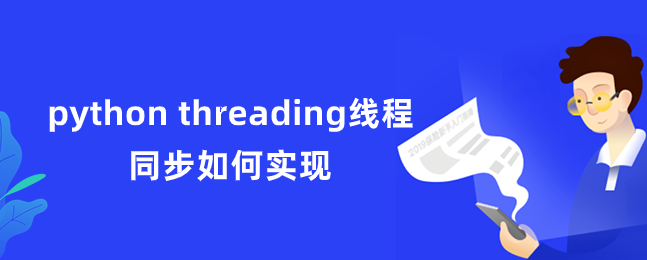
说明
1、threading模块具有实现锁定的内置功能,允许同步线程。
为了防止数据损坏或丢失,需要锁定来控制共享资源的访问。
2、可以调用Lock()方法来应用锁,它新的锁对象。
可以调用锁对象的获取(阻塞)方法来强制线程同步运行。
实例
#Python多线程示例来演示锁定。
#1.使用threading.Thread类定义子类。
#2.实例化子类并触发线程。
#3.在线程的run方法中实现锁。
importthreading
importdatetime
exitFlag=0
classmyThread(threading.Thread):
def__init__(self,name,counter):
threading.Thread.__init__(self)
self.threadID=counter
self.name=name
self.counter=counter
defrun(self):
print("\nStarting"+self.name)
#获取锁同步线程
threadLock.acquire()
print_date(self.name,self.counter)
#为下一个线程释放锁
threadLock.release()
print("Exiting"+self.name)
defprint_date(threadName,counter):
datefields=[]
today=datetime.date.today()
datefields.append(today)
print("{}[{}]:{}".format(threadName,counter,datefields[0]))
threadLock=threading.Lock()
threads=[]
#创建新线程
thread1=myThread("Thread",1)
thread2=myThread("Thread",2)
#启动新线程
thread1.start()
thread2.start()
#添加线程到线程列表
threads.append(thread1)
threads.append(thread2)
#等待所有线程完成
forthreadinthreads:
thread.join()
print("\nExitingtheProgram!!!")
以上就是python threading线程同步的实现,希望对大家有所帮助。更多Python学习指路:Python基础教程